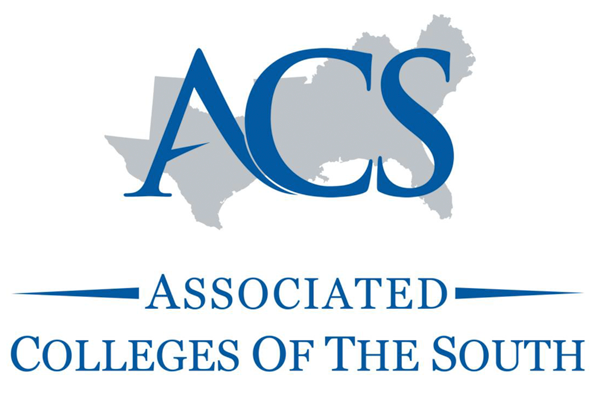This section provides support for campuses to complement student evaluations of teaching (SETs) by using multiple measures of teaching effectiveness.
Why Multiple Measures?
Evaluation of teaching effectiveness often relies (too) heavily on student evaluations of teaching (SETs). Student perspectives are certainly important, but they should be collected and considered effectively (see “Concerns with SETs”) — and should be considered alongside other perspectives. Like student evaluations, however, peer evaluations are vulnerable to bias, which can impede campus efforts to diversify their faculty, student body, and curriculum. Measuring teaching effectiveness using multiple approaches and varied voices minimizes such bias and provides a broader, more complete view of teaching effectiveness.
- To learn more about bias in student evaluations of teaching, see this Toolkit’s section on “Revisiting Student Evaluations of Teaching (SETs)” and its summary of “Concerns about Student Evaluations of Teaching (SETs).”
- To learn more about bias in peer evaluations, see this Toolkit’s section on “Interrupting Bias in Peer Evaluation of Teaching.”
Additional Measures of Teaching Effectiveness
Below are four additional measures for evaluating teaching effectiveness:
- Evaluators’ agreement on what they mean by “effective teaching” provides clear standards or benchmarks for evaluation and minimizes bias.
- Teaching statements provide evaluators with an opportunity to assess how effectively faculty express their growth as teachers.
- Classroom observations offer a peer’s perspective on a snapshot of the candidate’s teaching-in-action.
- Different artifacts of teaching (especially when annotated by the candidate) offer evidence for evaluating different aspects of and intentions for teaching.
A Clear Definition of “Effective Teaching”
An early step in peer evaluation of teaching is defining what evaluators mean by “effective teaching.” This definition becomes the foundational measure for the evaluation and the standard by which other sources of evidence are evaluated. This step will help minimize bias by preventing different evaluators from using different standards.
Departments and campuses may already have agreed upon some principles of “effective teaching,” such as “inclusive.” A next step would be identifying what “inclusive” means and what it can look like in teaching. See Step 1 on this “Peer Evaluation of Teaching” site for materials to support this process of defining “effective teaching” and what it can look like.
Teaching Statements
Teaching statements, sometimes called teaching narratives, provide evaluators with an opportunity to assess how effectively faculty express their growth as teachers. The specific content — and thus evaluation — of the statement is guided by the institution’s instructions and expectations (e.g., purpose, topics to address, length).
The reflective complement to the factual CV, these statements are where faculty are asked to self-assess their teaching, so evaluators typically look for an honest, non-defensive, and illustrated explanation of their work with and impact on their students.
Below are some components of reflection and some guiding questions for how to assess these aspects of the teaching statement (Chick, “Peer Evaluation of Teaching“):
- Self-awareness of their own strengths & weaknesses: How does their self-assessment of their strengths and weaknesses align with the other evidence provided? With your definition of effective teaching?
- Responsiveness to feedback from students and peers: Does the statement address the candidate’s student evaluations, classroom observations, previous review letters, or other feedback? If so, how effectively does it address specific concerns and recommendations? For instance, does it defensively dismiss the feedback, or does it acknowledge the feedback and offer a plan for improvement or an effective counter-perspective?
- Demonstration of growth over time: How does the statement illustrate the candidate has learned something about their teaching? See sample tools for assessing growth or development here.
| Key Question for Evaluators |
| What expectations and instructions for this statement have been communicated to the candidate? |
Classroom Observations
Classroom observations can strengthen the evaluation process by providing a peer’s perspective on a snapshot of the candidate’s teaching-in-action. An effective observation is most commonly implemented in three stages:

Before the observation, the evaluator prepares an observation protocol (i.e., what the peer will observe and how the peer will document the observation) and reviews relevant course materials for the specific class session (e.g., syllabus, assigned readings, homework prompt, instructor’s goals and plans). During the class, the evaluator observes the teacher and students and takes careful notes using the planned observation protocol. Afterwards, the observer prepares a letter of constructive evaluation that’s submitted to the evaluating committee and shared with the candidate, and if possible meets with the candidate for a debrief conversation. For details and supporting tools for each stage, see “The Class Observation Process for Summative Evaluations of Teaching.”
| Key Question for Evaluators |
| What are the essential traits of effective teaching, and what relevant behaviors can be observed in a single class period? |
Artifacts of Teaching
Different artifacts of teaching — especially when candidates annotate these materials and/or refer to them in their teaching statements — offer evidence for evaluating key aspects of and intentions for teaching, such as course design, illustrations of expectations of student learning, compliance with department/institution guidelines, disciplinarity, varied assessments, approach to student feedback, patterns in student performance, rigor, attention to diversity-equity-inclusion, and more.
Examples of artifacts include syllabi, lecture notes or detailed plans for a class session, assignment prompts and accompanying rubrics, anonymized samples of student work with instructor’s feedback, and recorded class sessions. For more on specific artifacts and some tools to guide evaluation of these artifacts, see “Evaluation of Teaching Artifacts” on the “Peer Evaluation of Teaching” site.
| Key Question for Evaluators |
| What does each artifact provide evidence of (and what does it not provide evidence of)? |
